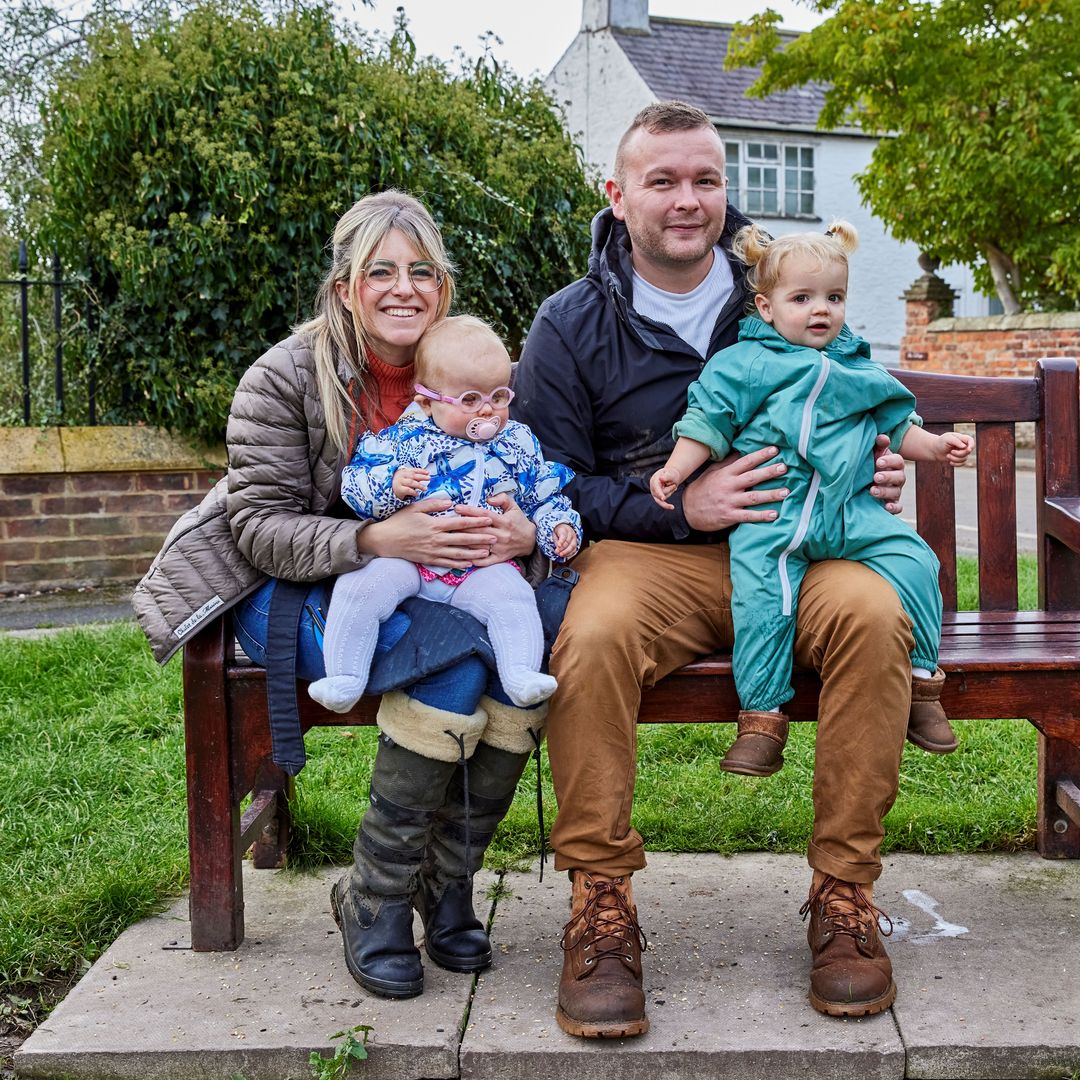Chickenpox is a common illness among children, particularly those under age 12. So it's something mums are always looking out for.
Here's a guide of how to understand better what chickenpox is, how to spot the symptoms and how to treat it.
What is chickenpox?
Chickenpox is an intense illness caused by the varicella zoster virus, characterized by the presence of fever and generalized rashes on the skin, along with blisters and itching. Needless to say, it is no fun! That said, chickenpox is an extraordinarily common illness throughout the world. Luckily, the grand majority of cases, especially those produced in children, simply need to run their course.
Your body will heal itself through its natural defences, with no serious complications. However, adults have a higher tendency to develop complications when they contract chickenpox, so for them, it can be more serious.
Chickenpox is dangerous during pregnancy and especially for people with an immune deficiency in which the immune system suffers a decrease in the capacity to defend itself from infection. The varicella zoster virus is a crafty one. When it affects someone for the first time, it produces chickenpox, but even when defeated, it never goes away. When the patient recovers, the virus remains dormant in the body, hibernating in the lymph nodes. Years later, it can reactivate and give way to a skin infection called shingles.
How does it spread?
Chickenpox is highly contagious: up to 90 per cent of people who have close contact with an infected person will develop it themselves, unless they have already had it.
The advantage of developing chickenpox is that once you have had it, you are safe from re-infection. Human beings with chickenpox or shingles are the only known carriers of the varicella zoster virus, the only source from which the virus spreads. Scientists believe that the infection is transmitted via the respiratory system. An infected person spreads the virus through small drops of liquid, from saliva or open skin sores, which are transported through the air.
When another person in the area takes a breath, the virus lands in the mucus of the respiratory system. If that person hasn´t had the virus before and their immune system hasn´t built up its defences, it is very likely that he or she will become infected. But don’t worry. People infected by the virus are only contagious during the first days of the disease, from about 48 hours before the appearance of rashes until all lesions become dry and scabby.
What are the symptoms?
After its first contact with the body, there is an incubation period that lasts between 10 and 22 days before the symptoms actually appear. Afterwards, the patient will experience flu-like symptoms for one or two days, with fever and general discomfort but no lesions on the skin.
A rash, in the form of itchy blisters, is the key visual symptom for recognising chickenpox.
How is it diagnosed?
Diagnosing chickenpox is fairly straightforward. Your doctor or paediatrician can examine you and evaluate your symptoms. There is also a clinical test that can detect the virus or the presence of defences against it, but that’s usually not necessary. The main indicator is the formation of blisters. Although there are many illnesses that can lead to a rash, the formation of vesicles is rare.
Therefore, when someone has a fever with blisters and scabs, especially a small child, chickenpox is probably the culprit. Another strong indicator is if, in addition to these signs, a friend, schoolmate or family member is also diagnosed with the same thing.
But don’t worry. In the vast majority of cases, the patient doesn’t need to go to hospital. Only if either of the following situations applies:- If the patient has a weak immune system, due to other illnesses such as leukaemia, AIDS or cancer that requires chemotherapy- When the patient shows symptoms that affect organs other than the skin, such as trouble breathing, lack of coordination, paralysis or serious drowsiness
How can you treat it and beat it?
Rule number one: Don’t scratch!
By refraining from doing so, the lesions and sores heal faster and won’t become infected.
Here are some ideas to help you abide by this rule:
- Calamine lotion put on the spots may ease itching
- Keep nails short: Having trim nails will keep them clean and avoid infecting the lesions by scratching. If that doesn't work, try gloves
- Keep fresh: Make sure the air is clean and cool, as heat and sweat exacerbate the itching
- Shower: Daily bathing will help keep the skin fresh and clean
- Use wet wipes: Alleviate any itching by applying wet wipes, and when really intense, try antihistamines. The latter has an added bonus: due to their sedative effect, they have been known to calm down many a restless patient who is weary of the itching
- Medicine in moderation: Treat fever with paracetamol, but avoid giving aspirin and ibuprofen to children, since its use has been related to Reye’s Syndrome, a rare but serious illness that affects the liver and brain
- Stay at home: In order to avoid infections, it’s best if you remain at home until all lesions dry up and become scabs. You also don’t want to infect others
- Aciclovir (ACV): This is an expensive medication, but it generally cuts the illness down to a single day. If you use this treatment within the first 24 hours of the appearance of the initial rash, it decreases the appearance of new lesions by 25 per cent. Consider ACV if the patient is at risk of complications, such as newborns or those who have a low immune system. It can also be considered when treating adults and adolescents since chickenpox becomes more severe as the patient’s age increases.








